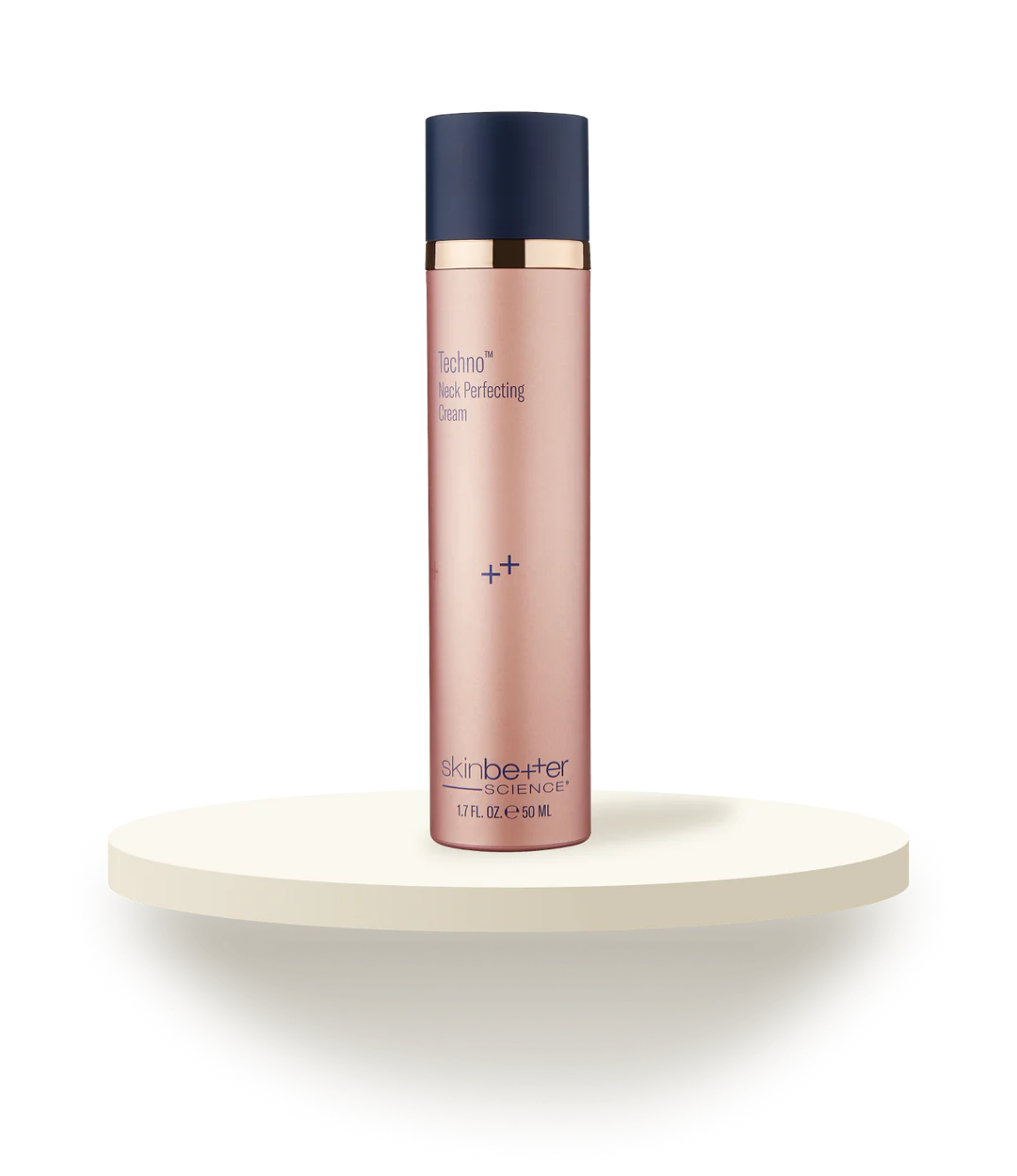Leg Shape & Size
What if we said you could ditch the personal trainer, cardio workouts, and endless lunges and still have toned legs? That probably got your attention.
Content Reviewed by AEDIT Medical Advisory Board
We all know the standbys for toning leg muscles. Lunges, side lunges, walking lunges, step-ups, heel raises, leg squats (back straight of course), hip abductions for inner thighs... we could do this all day. All the lunges and leg squats in the world, however, cannot always create the leg contours we all desire. Excess body fat, body weight, and genetic predispositions to storing fat in the legs can cause undesirable leg appearance. Let‘s deep dive below.
Leg anatomy 101: the upper leg (aka thigh) runs from the hip to the knee and the lower leg from the knee to the foot. The femur bone runs from the hip to the knee. The patella (kneecap) articulates with the femur and the two bones of the lower leg, the tibia and fibula.
The leg has some major muscles. We’ll review the main ones. The gluteal muscles compromise-you guessed it-our glutes, the hamstrings run from the buttocks to the knee, and the quadriceps sit on the front of the thigh.
There are numerous other muscles in the upper leg that support all of the crazy complex movements we can make. In the lower leg, the gastrocnemius is the muscle on the back of the calf and the anterior tibialis is the muscle on the shin. The size and shape of all of these muscles will significantly contribute to leg appearance, especially at lower body weight and body fat levels.
When we think about the size and shape of our legs from a fat tissue perspective we tend to focus more on the thigh. There's a good reason for this. Large collections of fat (adipose) tissue collect in this area (especially the outer thighs), and contribute to the size, shape, and definition of the legs. Generally, females tend to hold fat in the thigh area while men do so around their midsection. (1)
Now that we’ve got an idea of what’s going under our skin, let’s figure out how to classify the concerns we can see in the mirror.
Both men and women of any age may wish to seek treatments for their leg shape and size. Procedures to refine, define, and contour the leg can improve not only the appearance of the legs, but also complement overall body proportions. Also, who wouldn’t want tight, toned legs?
So now that we know how it goes wrong, let’s figure out how to get it right. To enhance leg shape and size liposuction, calf reduction, calf augmentation and a thigh lift can refine and contour the lower body.
A Thigh Lift can slim the leg by removing excess soft tissue. You can learn more in our complete guide to Thigh Slimming Solutions.
A Calf Reduction such as Calf Reduction by Muscle Resection, Calf Reduction by Botox® Injections, Calf Reduction by Selective Nerve Blocking, and Calf Reduction by Radiofrequency Nerve and Muscle Ablation can reduce the size of the calf while refining appearance. A calf augmentation via a Calf Implant, meanwhile, will enhance volume and contour. Check out our complete guide to Calf Augmentation & Reduction Solutions to learn more.
The go to is, of course, Liposuction. There are numerous techniques including, Ultrasound Assisted Liposuction, Tumescent Liposuction, Water Jet Assisted Liposuction, Power Assisted Liposuction, Laser Assisted Liposuction, Radiofrequency Assisted Liposuction, SmartLipo, SlimLipo, and Liposculpture. Additionally, non-surgical fat reduction techniques like lasers (Zerona, SculpSure, truSculpt®, Emsculpt®, and BodyTite™), injectables (Lipodissolve), and fat freezing (CoolSculpting) can remove excess fat.
